As demand for high-performance personal-care devices continues to rise, OEM brands are looking for manufacturing partners who can deliver electric toothbrushes that balance innovation, function, and consumer appeal. Creating an effective toothbrush design goes far beyond aesthetics—it requires a deep understanding of user behavior, oral-care science, ergonomics, and engineering. Below, we outline the essential factors that modern OEM brands should consider when developing their next electric toothbrush line.
Every successful toothbrush begins with a clear focus on user experience OEM principles. Consumers expect devices that are easy to hold, intuitive to use, and capable of delivering noticeable improvements in daily brushing. Design teams should conduct usability testing to understand grip preferences, brushing angles, and interface expectations. A design that aligns with real user habits will ultimately result in a product that customers reach for every day.
At the core of any electric toothbrush is its ability to effectively clean teeth. Technologies such as sonic vibration, oscillation-rotation systems, and pressure-sensitive feedback must be refined to maximize plaque removal performance. Manufacturers should collaborate closely with OEM brands to adjust motor frequency, brush-head structure, and bristle patterning to ensure measurable cleaning results supported by clinical testing.
Consumers often associate oral care with sensitivity or discomfort. A successful product must therefore deliver a comfortable brushing experience from start to finish. Ergonomic handle contours, balanced vibration distribution, and soft yet durable bristles all contribute to comfortability. Multiple cleaning modes—such as sensitivity, gum-care, and polishing options—allow users to personalize their brushing routine at any time.
Modern electric toothbrushes are no longer simple devices—they are intelligent tools. Timers, pressure sensors, LED indicators, and Bluetooth connectivity can significantly elevate the user experience when integrated thoughtfully. OEM brands can differentiate their toothbrushes by offering data-driven features that help users improve brushing technique and maintain healthier habits.
For OEM brands seeking a reliable manufacturing partner, material selection and production quality must be a top priority. Water-resistant casings, medical-grade bristles, long-lasting motors, and high-capacity batteries ensure durability and safety. Factories with ISO-certified facilities and mature quality-control workflows are best positioned to support stable mass production.
To stand out in a competitive market, brands need customizable design pathways. This includes color finishes, brush-head shapes, surface textures, and packaging that aligns with brand identity. Manufacturers capable of supporting flexible mold development and small-batch prototyping can help OEM brands bring distinct aesthetics to market without sacrificing performance.
For OEM brands aiming to build or expand their electric toothbrush portfolio, understanding the core elements of effective toothbrush design is the first step toward launching a successful product. By prioritizing user insights, optimizing cleaning performance, and collaborating with manufacturers who can deliver quality and innovation, brands can create electric toothbrushes that truly resonate with modern consumers.
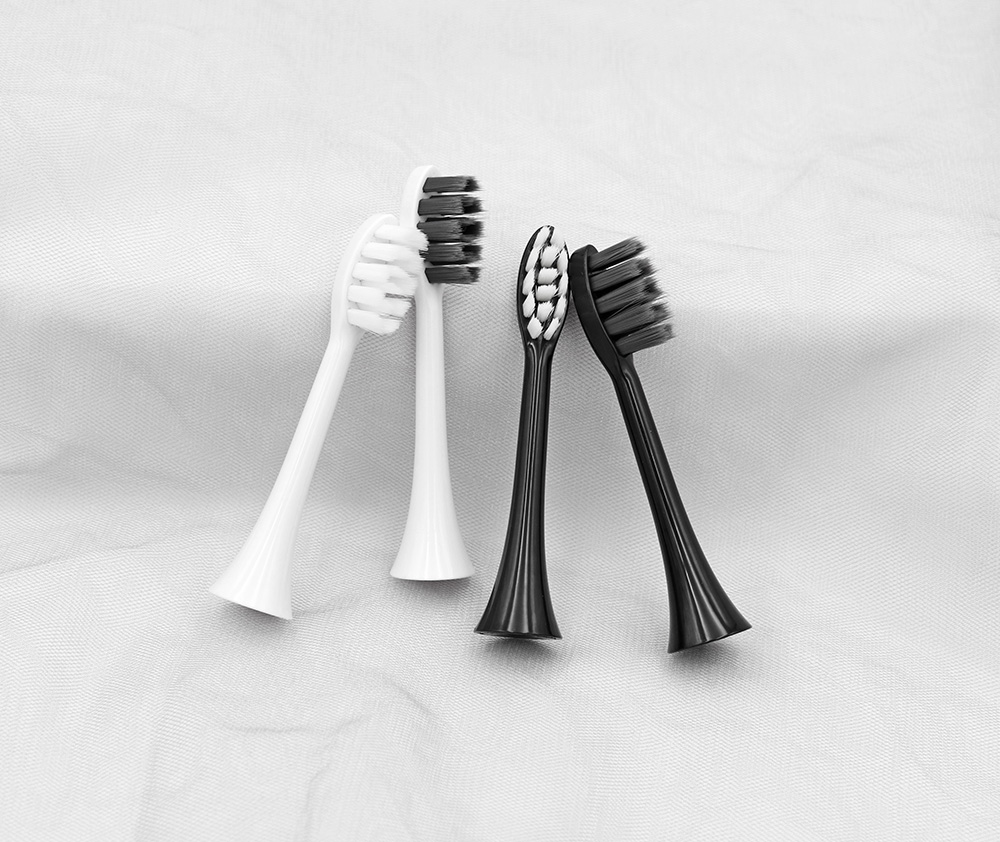
Electric Toothbrush Manufacturers Tell You the Truth About Charcoal Toothbrush Heads
Portable Electric Toothbrush with Case OEM
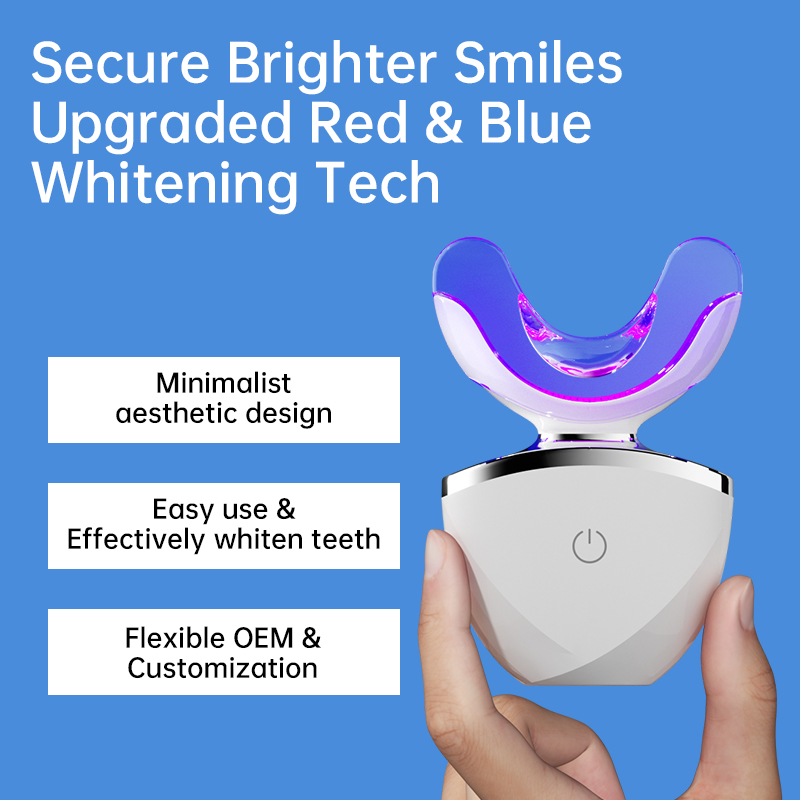
How Long Should I Use Blue Light on My Teeth? OEM Manufacturer’s Guide

Is Your Electric Toothbrush Supplier Providing ADA Certified Toothbrush Products for Market Compliance?
Sonic Toothbrush Factory for Brands | OEM & Private Label Production

The Secret Behind Japanese Toothbrushes’ Softness & Its Global OEM Appeal
Battery Powered Electric Toothbrush Bulk | Reliable B2B Supplier
Water Flosser with UV Sanitizer ODM | Smart Oral Care Solutions
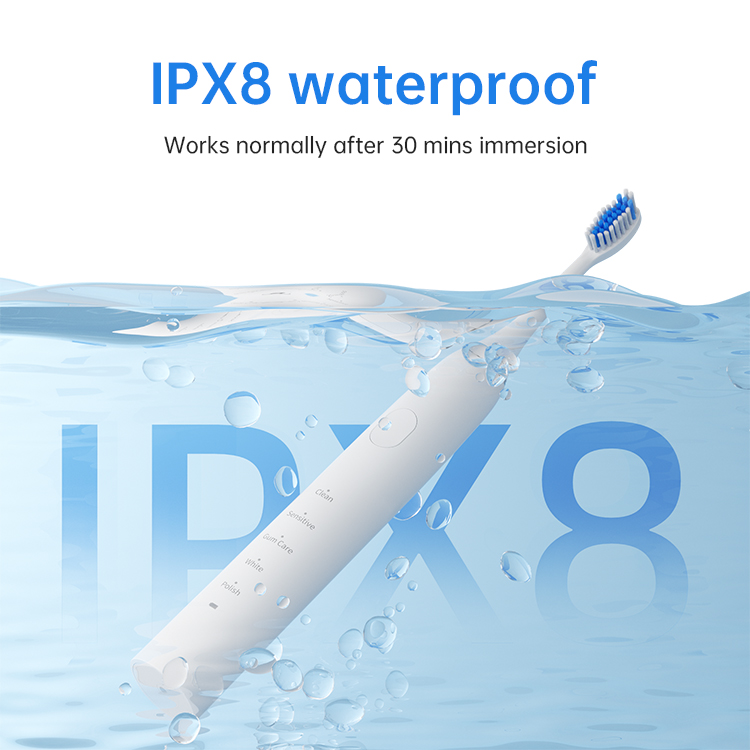
Refining Your Toothbrush Sourcing Strategy?
Rotating or Vibrating Toothbrush: Which Is Better for Your OEM Brand Strategy?
.jpg)
Can a Teeth Whitening Kit OEM Integrate with a Reliable Whitening Gel Supplier for Consistent Results?
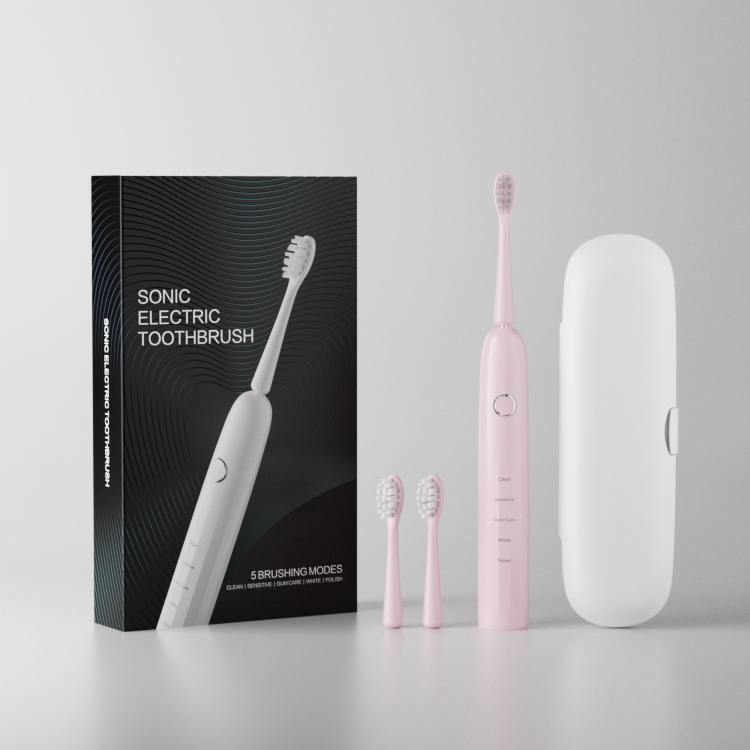
Electric Toothbrush Manufacturing: Key Resources and Supply Chain Insights for Brands
personalized electric toothbrush OEM
electric toothbrush OEM with timer
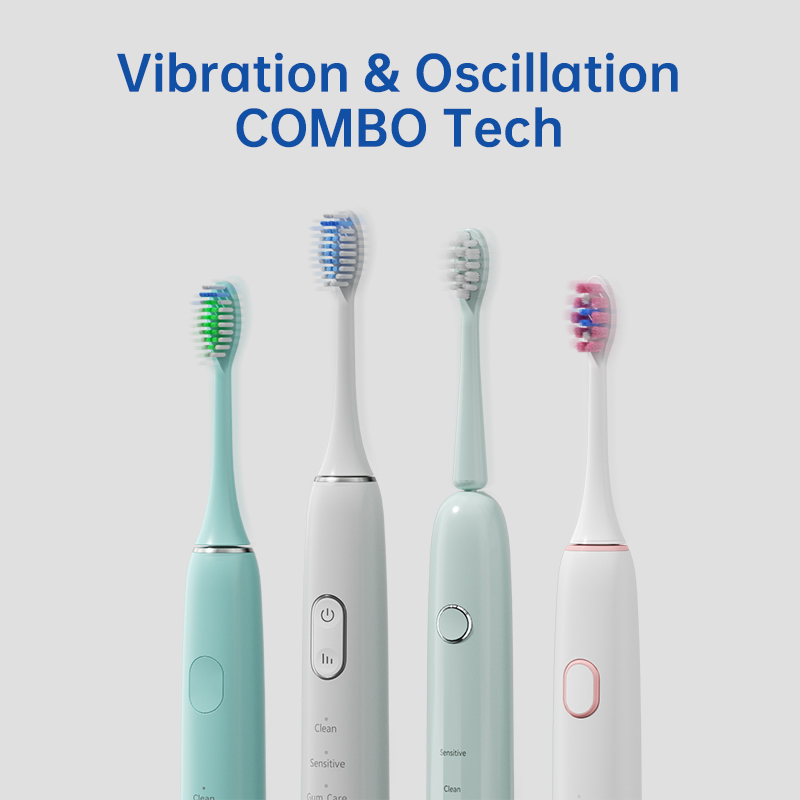
How Can a Sonic Toothbrush Manufacturer Collaborate on Portable Water Flosser Designs for Travel-Friendly Oral Care?
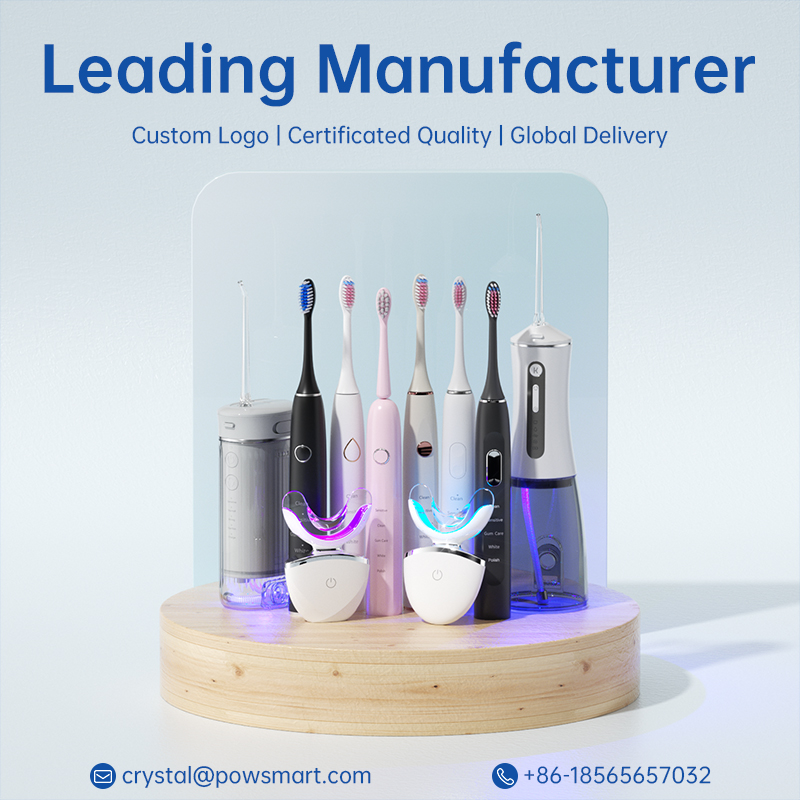
How to Manufacture Your Electric Toothbrush Vision with the Right OEM Partner

electric toothbrush heads Ultra Soft

electric toothbrush heads Charcoal Infuse-Round

Private Label Whitening Gel

Electric toothbrush heads Charcoal Infused-Diamond
.jpg)
Florida Electric Toothbrush – Powsmart PTR-C8

electric toothbrush heads Deep Clean

Customization Teeth Whitening Gel

electric toothbrush heads Regular Clean
whstapp
whstapp
National Toll-Free Service Hotline
+86 755 86238638